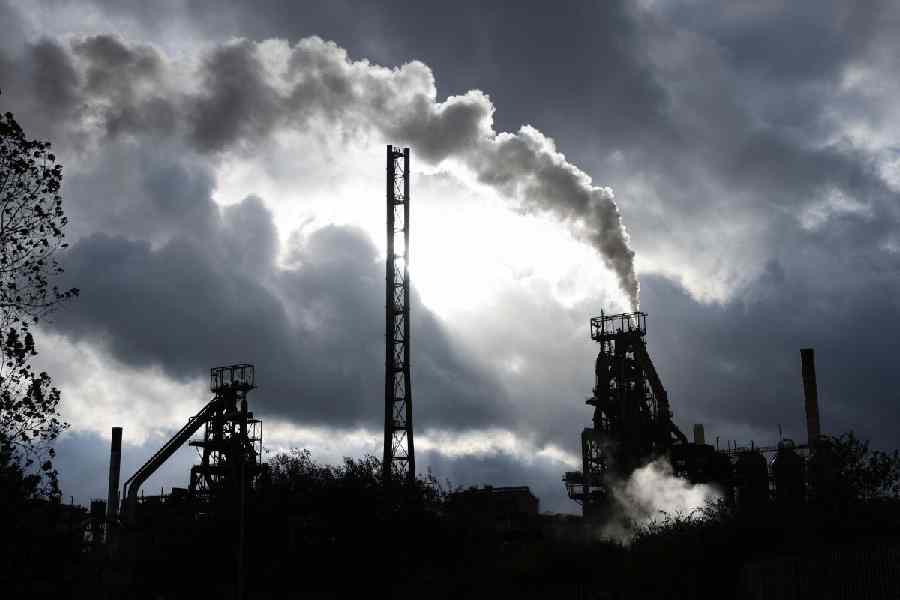As winter approaches, India’s eyes turn towards its capital city — in despair. This is because Delhi is synonymous with air pollution during this season. The toll that the poison that is Delhi’s air takes on its citizens is undoubtedly severe. A study in The Lancet had revealed that Delhi topped the list of 10 Indian cities in deaths on account of exposure to PM2.5 with 12,000 annual fatalities. Yet, fresh research suggests that some other places in India, especially its Tier II and Tier III habitats, are faring worse than the capital in this respect. In the overall pollution index in 2023, Byrnihat in Meghalaya and Begusarai in Bihar breathed air that was even more poisonous than that in Delhi, with the northeastern town topping this ominous list. Polluting industries, heavy vehicular traffic, institutional oversight and topography were responsible for making Byrnihat India’s most polluted town. The national capital, in fact, occupied the eighth spot in this list with smaller towns and cities — Sri Ganganagar, Chhapra, Hanumangarh, Bhiwandi and others — outranking it.
The data call for a reassessment of the discourse on air pollution in India. Delhi’s domination of the public chatter and policy intervention in the matter is understandable: it is, after all, the national capital. But other locations, evidently, are worse off. What India needs to do is extend the steps that are taken to battle air pollution in its metropolitan stretches to its hinterland. These may include — but should not be limited to — sustained public awareness programmes, the greening of public transport, effective steps to monitor and neutralise industrial emissions and afforestation, among other steps, to improve ambient air quality in places that usually escape the radar of detection. There is also a case to examine whether the current standards of assessment of air pollution are adequate. India’s National Ambient Air Quality Standards certifies air with a limit of 40 microgrammes of PM2.5 per cubic metre as breathable. This cut-off level is more than double the amount that is recommended by the World Health Organization. The elevated threshold helps many Indian cities evade measures that are necessary to rid their air of toxicity. Rural India, often the site of unchecked industrial pollution, must be brought within the ambit of checks and measures as well. A fuller, objective appraisal of the air inhaled by the aam aadmi will not be possible without expanding the arc of supervision.










